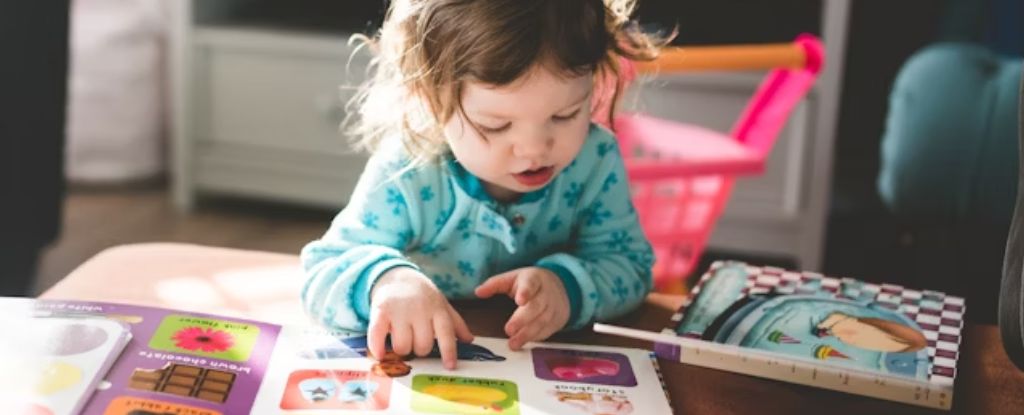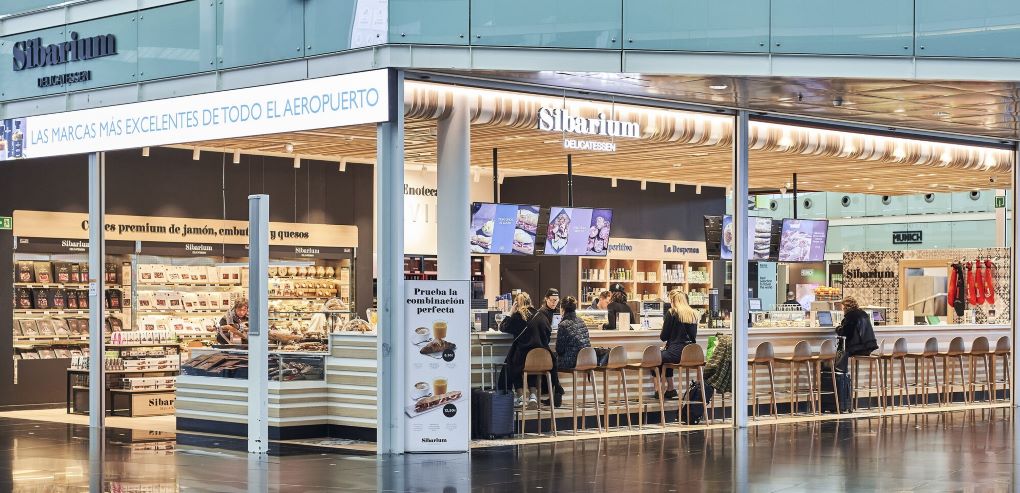The creators of The White Lotus tried to avoid stereotypes of Thailand. They didn’t succeed | Rachel Harrison
Despite Thai advisers, the series failed to escape the western lens of its rich protagonists and the history of the country’s representationContains spoilers for the finale of The White Lotus series 3One of the first things I noticed when I sat down to watch the eagerly awaited third series of The White Lotus was the birdsong. The distinctive call of two species peculiar to Thailand – the coucal and the Asian koel – conjure up precisely how it feels to be there, in the midst of a tropical soundscape. Then there are the exquisite opening credits, which plunge the viewer into a visceral experience of the Thai cultural environment: based on reimagined traditional Buddhist temple painting, the key protagonists are “Thai-ified” as they merge into the mural motifs.The expertise of an array of famous Thai actors, pop stars, fashion models and celebrities – along with the somewhat heavy hand of the Tourism Authority of Thailand – have helped this series achieve a cultural authenticity like no other previous western drama set in Thailand. Things have certainly come a long way since British governess Anna Leonowens (played by Deborah Kerr) waltzed gaily around the royal palace of Yul Brynner’s shiny-headed King Mongkut in the 1956 hit musical, based on the Rodgers and Hammerstein stage production, The King and I (perhaps unsurprisingly banned in Thailand for its derogatory portrayal of a highly revered monarch). Gone too are the crass depictions of Bangkok from the 2011 comedy The Hangover Part II; or the classic Lord of the Flies-style narrative that is explored in Danny Boyle’s 2000 adventure The Beach. In both these cases, the ill-fated western tourist faces crude symbols of the dangers posed by the tropics – from predatory sharks to kleptomaniacal monkeys and gun-toting cannabis farmers.Rachel Harrison is professor of Thai cultural studies at Soas University of London Continue reading...

Despite Thai advisers, the series failed to escape the western lens of its rich protagonists and the history of the country’s representation
- Contains spoilers for the finale of The White Lotus series 3
One of the first things I noticed when I sat down to watch the eagerly awaited third series of The White Lotus was the birdsong. The distinctive call of two species peculiar to Thailand – the coucal and the Asian koel – conjure up precisely how it feels to be there, in the midst of a tropical soundscape. Then there are the exquisite opening credits, which plunge the viewer into a visceral experience of the Thai cultural environment: based on reimagined traditional Buddhist temple painting, the key protagonists are “Thai-ified” as they merge into the mural motifs.
The expertise of an array of famous Thai actors, pop stars, fashion models and celebrities – along with the somewhat heavy hand of the Tourism Authority of Thailand – have helped this series achieve a cultural authenticity like no other previous western drama set in Thailand. Things have certainly come a long way since British governess Anna Leonowens (played by Deborah Kerr) waltzed gaily around the royal palace of Yul Brynner’s shiny-headed King Mongkut in the 1956 hit musical, based on the Rodgers and Hammerstein stage production, The King and I (perhaps unsurprisingly banned in Thailand for its derogatory portrayal of a highly revered monarch). Gone too are the crass depictions of Bangkok from the 2011 comedy The Hangover Part II; or the classic Lord of the Flies-style narrative that is explored in Danny Boyle’s 2000 adventure The Beach. In both these cases, the ill-fated western tourist faces crude symbols of the dangers posed by the tropics – from predatory sharks to kleptomaniacal monkeys and gun-toting cannabis farmers.
Rachel Harrison is professor of Thai cultural studies at Soas University of London Continue reading...








































































